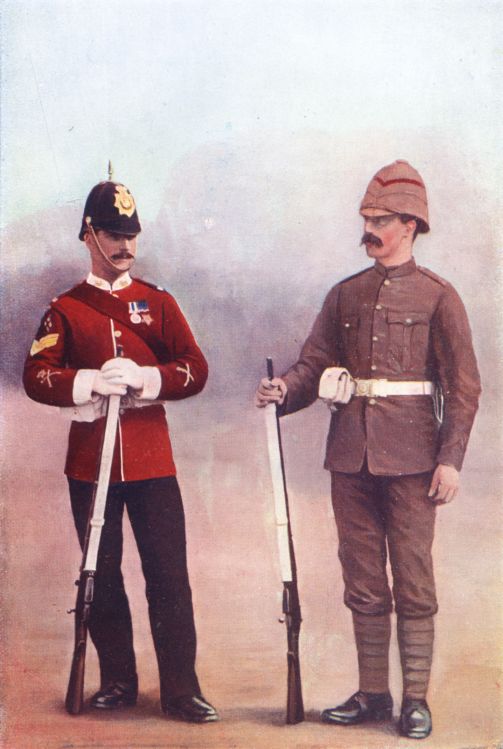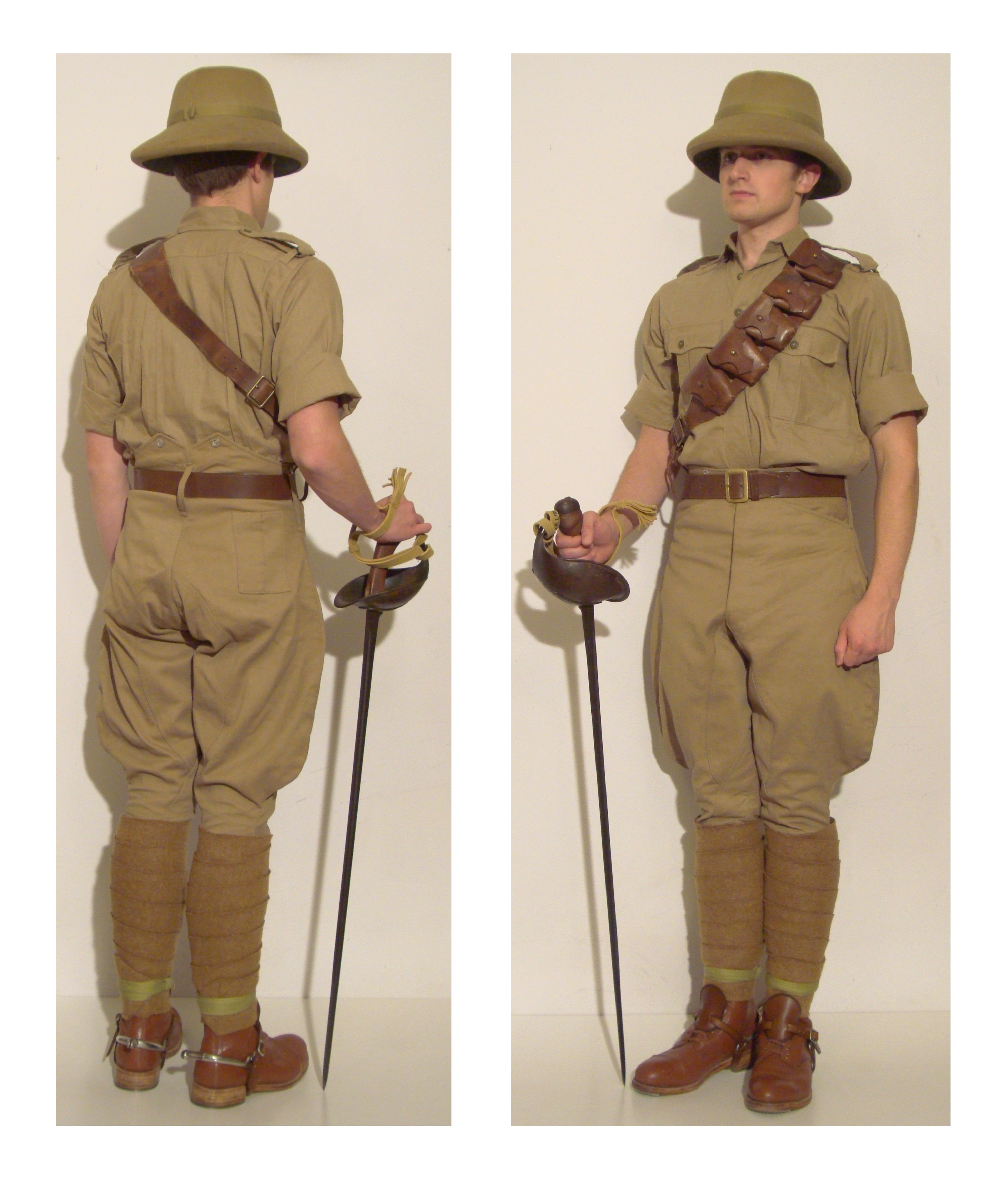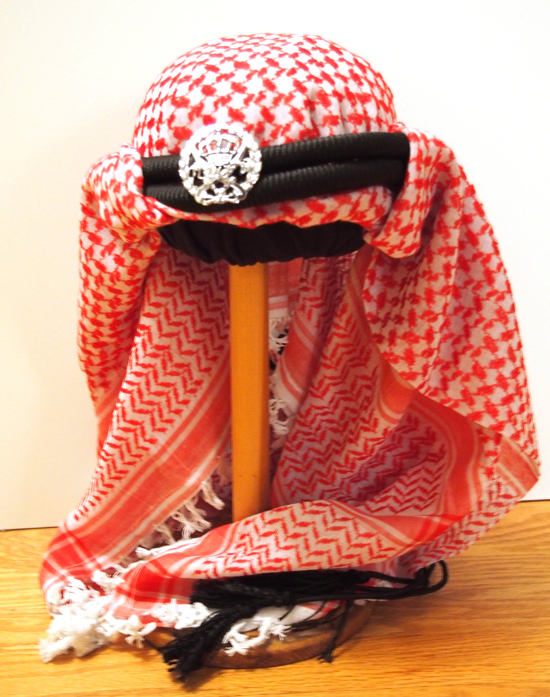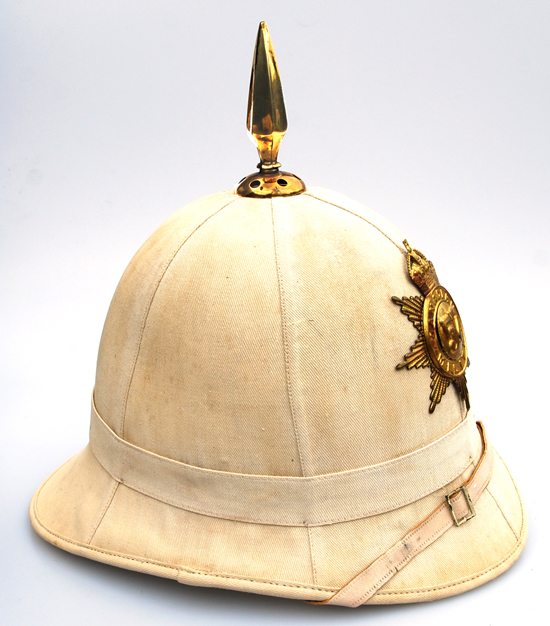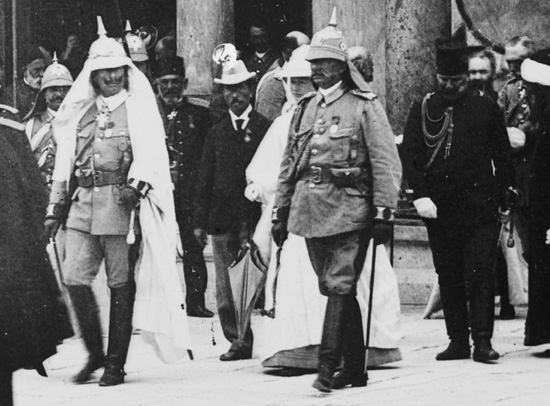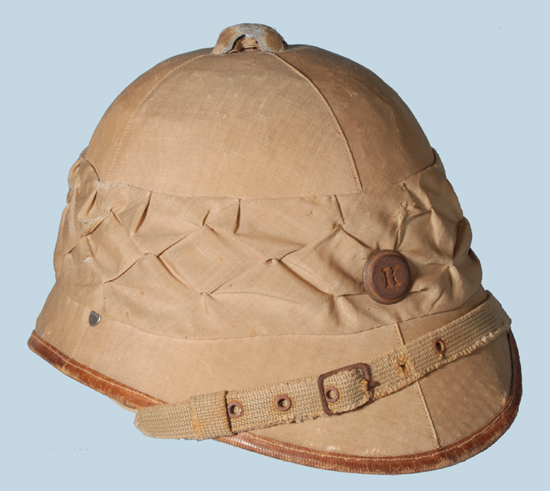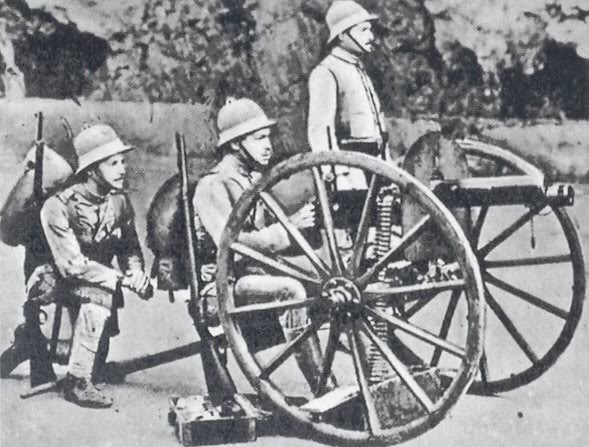
Portuguese soldiers in Africa during World War I wearing the newly introduced khaki 1900 pattern uniform
Khaki was used throughout the colonial world by most of the major powers, and in many ways the First World War was the first conflict where the parties fought with virtually the same colored uniforms. While khaki, as we noted in part I of this feature on The Original Camouflage, was introduced in India, other powers including France and Germany – as noted in previous posts – also opted for the dust-colored fabric. Other armies, including the Belgians, Portuguese, Spanish and Turks would don khaki colored uniforms. Continue reading

